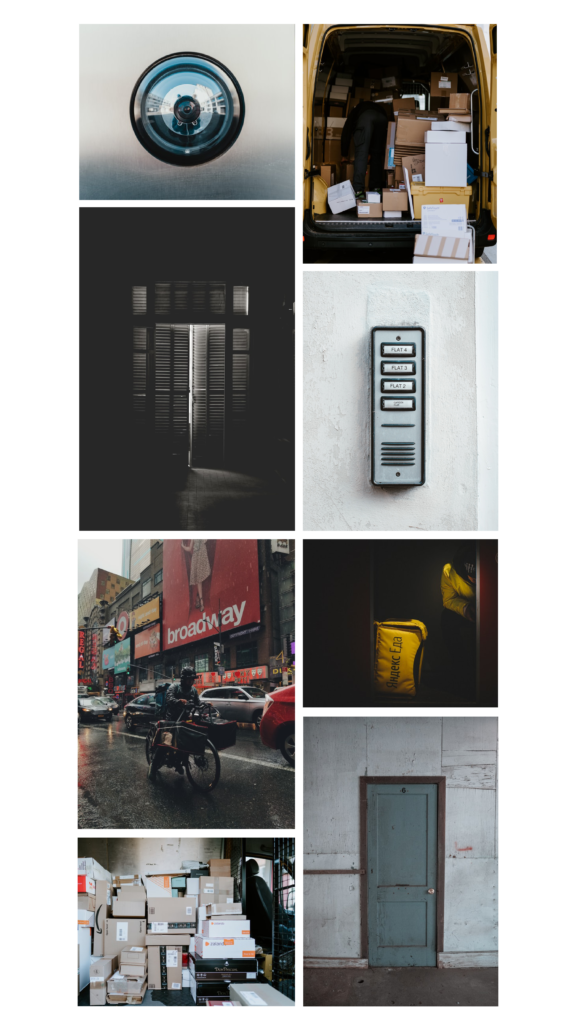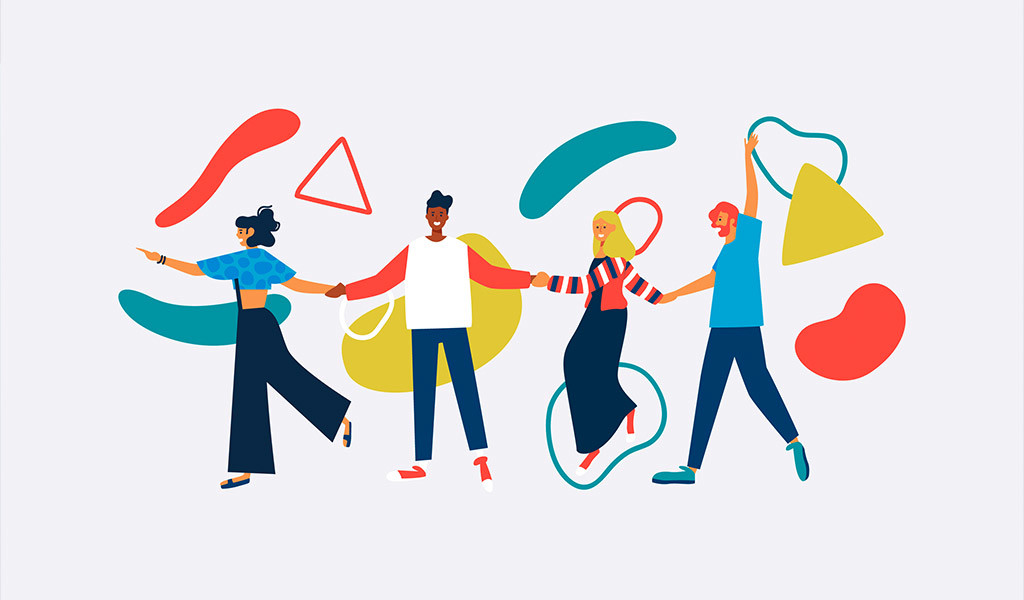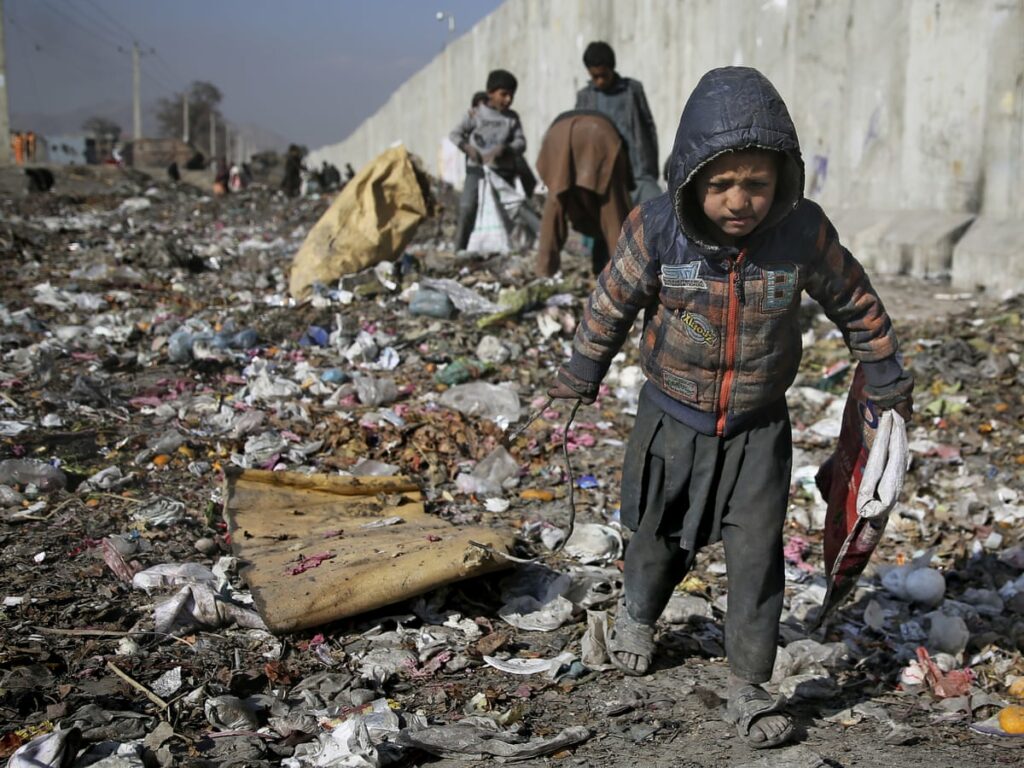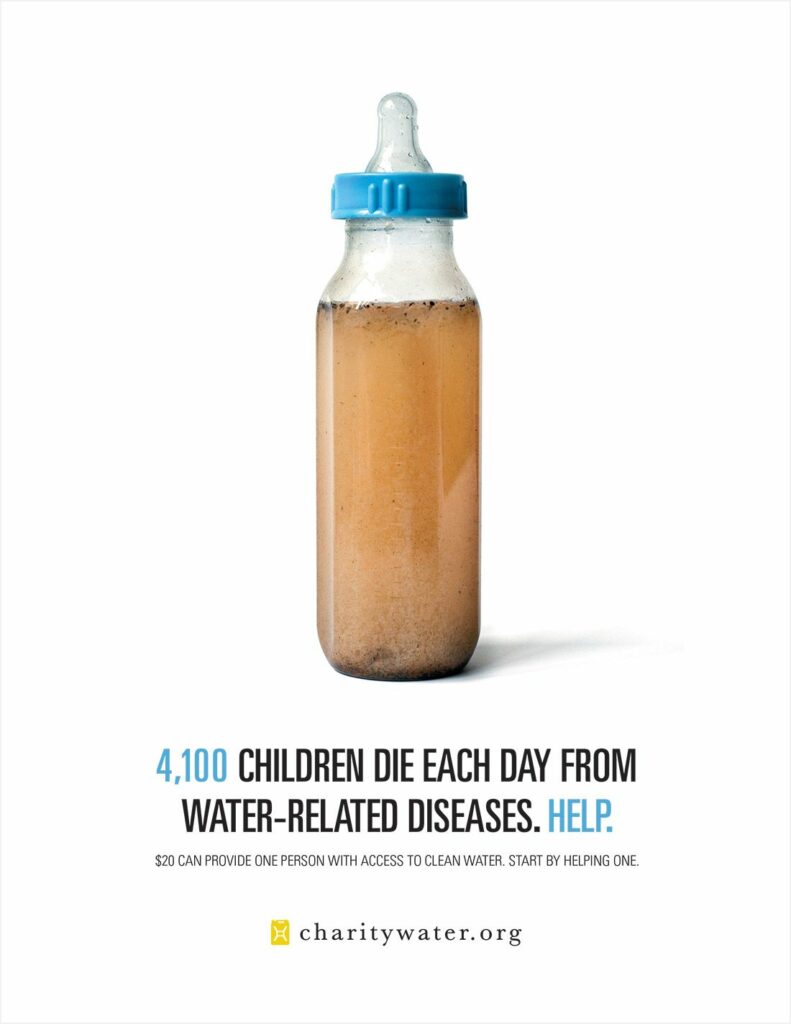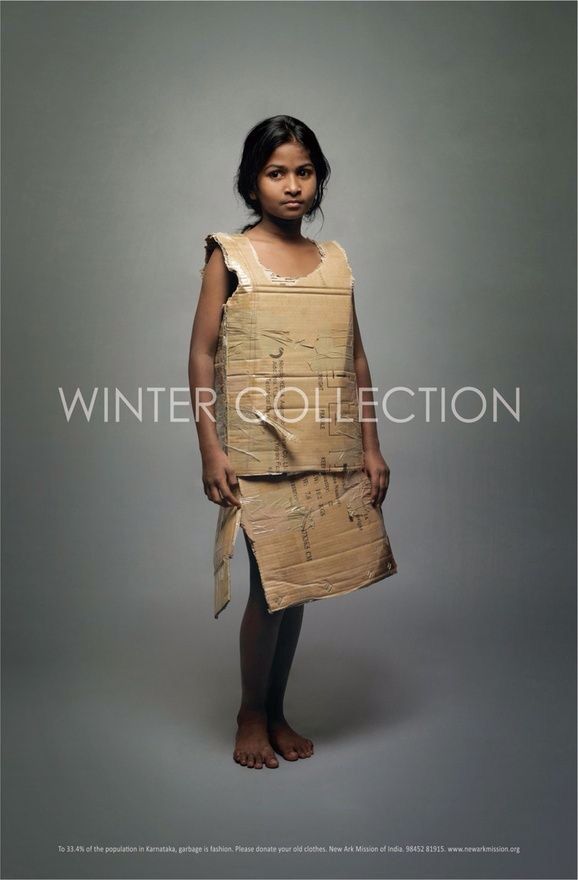- Verfasser: Stephanie Hobmeier
- Hochschule: Kunsthochschule Kassel
- Typ: Diplomarbeit
- Studiengang Produkt-Design, Schwerpunkt System-Design
- Sommer- und Wintersemester 2018
Titel der ausgewählten Arbeit:
Die Zukunft war früher auch besser: Schlüssel-Kompetenzen für sozialverantwortliches Gestalten und deren Vermittlung in der Design-Ausbildung
Vorweg ist anzumerken, dass die Arbeit »Die Zukunft war früher auch besser« zwar von einer Studentin im Fachbereich Industrie-Design verfasst wurde, ich jedoch der Meinung bin, dieses Thema als disziplinenübergreifend zu betrachten, und sich gewiss jede DesignerIn früher oder später mit diesem auseinander setzt.
Gestaltungshöhe
Die visuelle Sprache der Arbeit ist für ein gestaltungsrelevantes Thema eher zurückhaltend und meiner Meinung nach von der Autorin bewusst nüchtern gehalten. Jedoch finden sich immer wieder Elemente, die dem Betrachter eine visuelle Struktur bei Text und Layout vorgeben. Die Farbe Rot und Schwarz-Weiß-Abbildungen werden zu grafischen Konstanten der Arbeit.
Mit Farbakzenten wird auf ein neues Thema hingewiesen, ein systematisches aber dennoch nicht langweiliges Layout greift den gestalterischen Zugang zum Thema gut auf.
Innovationsgrad
Aspekte aus verschiedenen Wissensgebieten werden für die Beantwortung der Forschungsfrage herangezogen, daher ist der Inhalt und die jeweiligen Verbindungen der relevanten Teilbereiche eine durchaus komplexe Denkleistung der Autorin. Das immer wiederkehrende Ziehen von Zwischenbilanzen ermöglicht, die komplexen Zusammenhänge der nicht designspezifischen Wissenschaftsbereiche für den Leser verständlich und angemessen aufzubereiten. Auch die Frage der Designvermittlung bzw. Lehre spielt in der Arbeit eine große Rolle. Dieser Teil der Designausbildung ist sicherlich an einigen Instituten zu hinterfragen und stellt nach meiner persönlichen Betrachtung der Arbeit einen sehr hohen Innovationsgrad dar.
Selbstständigkeit
Die Autorin hat die Arbeit nach eigenen Angaben nach besten Wissen und mit großer Sorgfalt verfasst. Die Autorin gibt an, die Arbeit selbstständig und ohne unzulässige Hilfsmittel verfasst zu haben. Dabei wurde sie von drei verschiedenen Betreuern unterstützt. Tabellen sowie Abbildungen wurden immer mit einer Quelle vermerkt, eigene Darstellungen sind ebenfalls als solche gekennzeichnet.
Gliederung und Struktur
Die Gliederung und Struktur der Arbeit ist in meinen Augen eher klassisch angelegt. Die Arbeit erfüllt grundsätzlich alle formalen Aspekte, welche für Master- oder Diplomarbeiten von Bedeutung sind. Die Schreibweise wurde nicht genderspezifisch gehalten. Wenn nicht anders möglich, wurde jedoch die maskuline Schreibweise gewählt. Für eine Arbeit, in der es um inklusive Herangehensweisen, im Bezug auf Gestaltung geht und ein Bewusstsein für Design legt, welches Mensch und Umwelt im Zentrum sieht, finde ich es persönlich naheliegend, dies auch in einer zeitgemäßen Sprache wieder zu geben.
Umfang der Arbeit
Es werden verschiedene Teilbereiche aus Psychologie, Gestaltung und gesellschaftspolitischer Relevanz analysiert und deren Zusammenhänge in Bezug auf verantwortungsbewusstes Design zusammengeführt. Daraufhin werden die Kernkompetenzen eines reflektiert agierenden Gestalters hervorgehoben. Weiters wird analysiert, wie jene Fähigkeiten in der Lehre und Ausbildung vermittelt werden können. Als Case Study werden auch zwei Design-Studiengänge, im Bezug auf die Vermittlung von Kompetenzen, analysiert. Weiters sind drei Experteninterviews zur Beantwortung der wissenschaftlichen Fragestellung herangezogen worden. Die einzelnen Erkenntnisse werden am Ende der Arbeit in Form eines Kriterienkatalogs, für eine zeitgemäße Designausbildung, zusammengefasst.
Orthographie, sowie Sorgfalt und Genauigkeit
Grundsätzlich macht die Arbeit einen sehr sauberen und gut gegliederten Eindruck. Die zurückhaltende Gestaltung zieht sich wie ein Faden durch die Diplomarbeit und zeigt dem Leser eine leicht zu folgende Struktur auf. Im Hinblick auf exakte Rechtschreibung, scheint die Arbeit ebenfalls mit Sorgfalt verfasst worden zu sein, jedoch liegt es mir persönlich, aufgrund meiner eigenen Kompetenzen, fern dazu eine Bewertung abzugeben.
Literatur
Die Verfasserin der Arbeit scheint ihre Quellenangabe sehr sachlich und sorgsam angeführt zu haben. Das Literaturverzeichnis der Arbeit umfasst eine große Auswahl an Buch-, Magazin- als auch Onlinequellen.
Analog (ca. 45) und Online (ca. 75) werden verschieden aufgelistet, weiters findet sich ein Abbildungsverzeichnis und eine Auflistung der Tabellen und Grafiken wieder. Gerade bei den verwendeten Internet-Quellen fällt auf, dass die Verfasserin vorwiegend etablierte Institutionen, Bundesministerien, Online-Lexika oder wissenschaftliche Artikel zitiert. Alle Quellen sind mit Link und Datum versehen.
Quelle: https://www.wusgermany.de/sites/wusgermany.de/files/content/files/hobmeier_diplomarbeit.pdf
